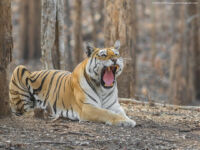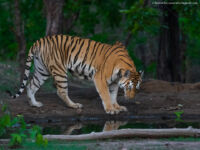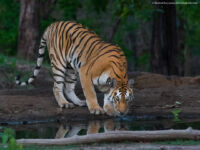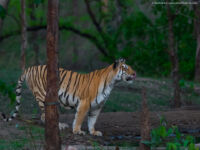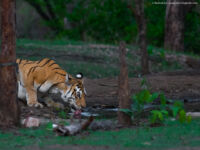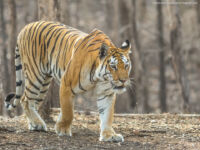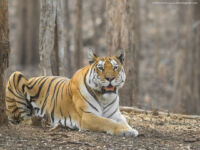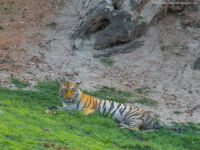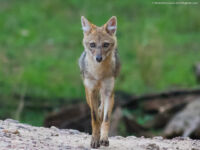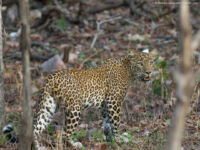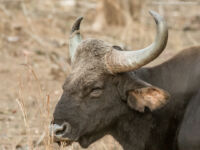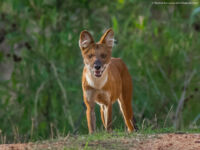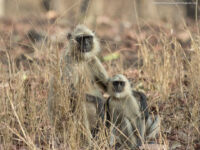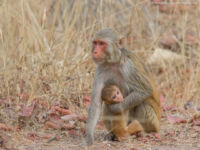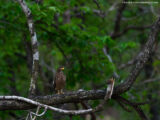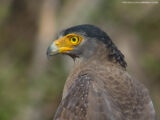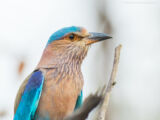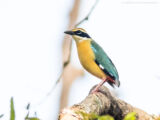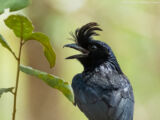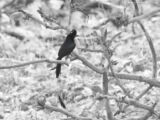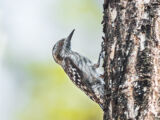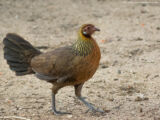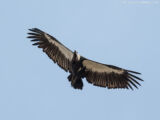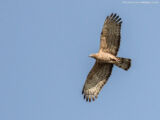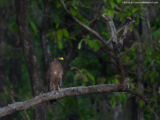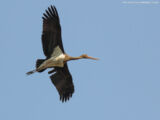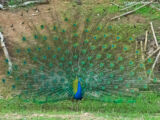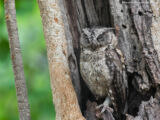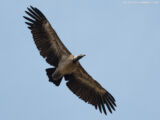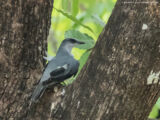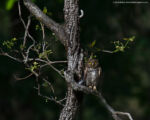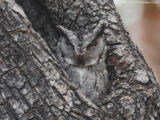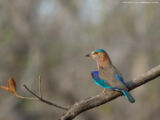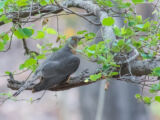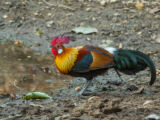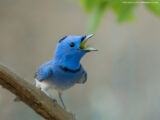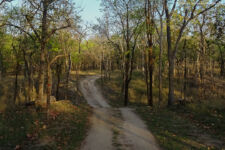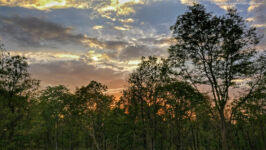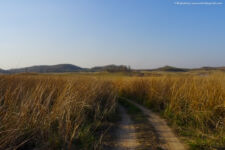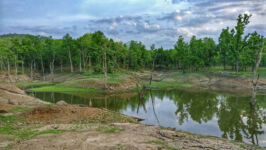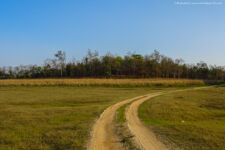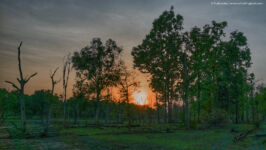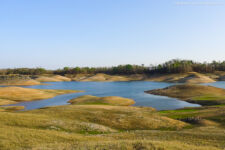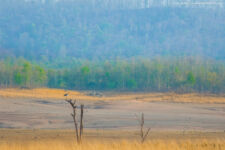Pench National Park is one of our favourite wildlife parks in Central India for more reasons than just getting a chance to see the majestic Bengal Tiger in the wild; one being the excellent birding opportunities and second being the variety of natural habitats this park has!
To start with, most of the National Parks (better known as Tiger Reserves for obvious reasons) are famous for the chance to sight and photograph the majestic cat roaming in the wild. Note that your luck plays a large role in sighting these wild tigers, although the guides in safaris (game drives) do their best to show up a glimpse of the tiger (more than a glimpse 😉 many a times) based on their knowledge of tracking them. Here are few images we have managed to capture of the Bengal Tiger.
Along with the Bengal Tiger, one does come across other mammal species as well, like Indian Leopards, Wild Dogs, Indian Jackals, Langoors, Indian Bison and more. Here are some of them.
Pench National Park / Pench Tiger Reserve is spread across two states in Central India – Maharashtra & Madhya Pradesh. The park derives its name from the river Pench that flows from north to south through the park spitting it into almost two equal parts. The park has tropical climate with a distinct seasons; Monsoon (July to September – Park is closed in monsoons), Winter (November to February) and Summer (April to June). The park topography comprises of small ridges and hills having steep slopes, with tropical moist & dry deciduous forests. The famous fictional works of Rudyard Kipling, The Jungle Book and The Second Jungle Book, have also been set in this park.
One of the best thing about this park is its proximity to the city of Nagpur (just over 100 KMs), which has some excellent connectivity via highways, railways and multiple airlines. The park is also well connected to two other famous tiger reserves in Madhya Pradesh – the Kanha National Park (famous for the Barasingha – Swamp Deer) and the Bandhavgarh National Park (one of the park with highest density of tigers).
Coming to the part we love the most about this park – the fantastic birding opportunities it offers. One often sees over 50 species of birds in a 3-4 hour safari (game drive), especially in morning. Note that photographing birds can get a bit challenging as one cannot get off the vehicle and move away from the trail, however one can still manage some decent clicks. Here are some bird images we managed to capture during our trips.
And finally few shots of this beautiful forest 🙂
Guide / Tips:
– Try to booking the safaris from Turia gate in the Madhya Pradesh side of the park. This is one of the sought after gates in Pench as the probability of tiger sightings is relatively higher and one also gets the choice of some very good resorts and hotel. One can also go to the Khursapar gate (in Maharashtra) if staying around Turia which has seen regular tiger sightings in 2017.
– Sillari gate from Maharashtra offers some really good birding as well as some amazing landscape views of the forests, so if you are more into enjoying the forest, safari from the Sillari gate is a must do.
– Plan your trip in advance, at-least 3-4 months in advance as the safaris get booked pretty quickly. You can book you safari here -> MP Pench Forest Safari Booking. Note this is just the Safari booking and you will have to hire a Jeep vehicle separately for each of your Safari. We do conduct guided tours to this park and also assist in planning out your complete safari as well. You can either go for a tour listed as per our dates, or we can help you in a custom tour as per your requirements. Visit www.wild-india.in or write to us at info@wild-india.in or whistlingtrails09@gmail.com for more details
– For places to stay, do check out the listings on Trip Advisor. There are many options based on your budget. Make sure they provide packed breakfast for the morning safaris along with bottled water
– The park is generally open from mid October to end of June. For exact dates, visit https://forest.mponline.gov.in/. We generally don’t believe there are any best times to visit the park as nature has something to offer all the time. Having said that, the frequency if Bengal Tigers visiting the water bodies is relatively higher in the harsh summers of Central India. From a birding perspective, November to March should be good time as some migratory species will also be sighted along with the resident species.
– Temperatures can drop to as low as 10 degree celsius in winter & can go as high as 45-50 degree celsius in summer. The drive in the park can also get quiet dusty during the drive, hence cap & a neck scarf or balaclava are recommended. You can find some of these on RESA Outdoors(Camo Neck Scarf, Camo Balaclava, Camo Arm Sleeves)
– From a photography perspective, a Bean Bag plays an excellent role in stabilising the camera gear and a Rain & Dust Cover / Lens Hood Cover is must to protect your gear from occasional showers or the crazy dust!
– For birding, ensure you have good pair of Binoculars (8X40 or 10X42) along with Binocular Harness.
– Ensure you maintain as much silence as possible in the jungle. Shouting, laughing does disturb the inhabitants of the forest, there by reducing of own chances of sighting a wild animal
– The forest department works very hard to maintain the forest with limited resources, make their work easier by abiding to all the rules & regulations
Hope this blog gives you some insight into this beautiful forest in Central India. Let us know in-case of any corrections, queries, suggestions and we will be happy to respond. Here is one of my favourite image from this forest 🙂

Follow us on Instagram for daily wildlife images:
https://www.instagram.com/rudy_whistlingtrails/
For regular updates & information do subscribe to our website (you will see subscribe button in the right side bar) and to our our FB page – https://www.facebook.com/whistlingtrails
Join us in our upcoming wildlife & bird photography tours in Indian Sub-continent at www.wild-india.in
– Rudraksha & Shraddha
